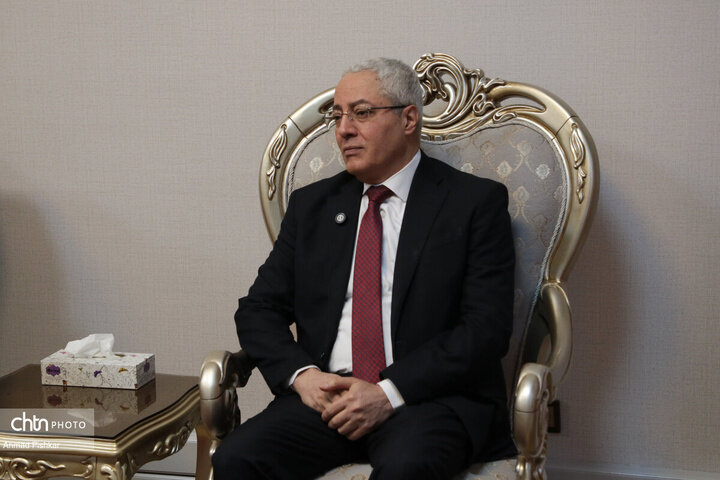
Similar Posts
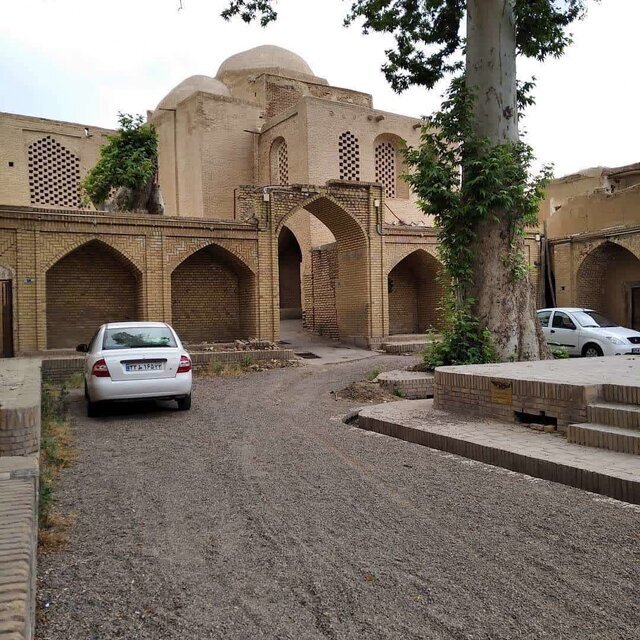
Discover Sereshk: The Historic Gem of Natanz’s Garden City
Sereshk, a historic district in Natanz, Isfahan province, showcases Iran’s rich cultural heritage and architectural marvels. Easily accessible from the Tehran-Isfahan freeway, it features the Sereshk Jame’ Mosque, a Seljuk-era gem known for its stunning brick architecture and significant historical value. The district also includes the Sereshk Hosseinieh, a Safavid-era gathering place for Shia Muslims, famed for its Tazieh performances and tranquil courtyard. Additionally, the area boasts the old Qajar-era mill and is recognized for its abundant water resources, making it the greenest neighborhood in Natanz. Sereshk offers visitors a unique glimpse into Iran’s vibrant traditions and history.

Rediscover Zarbaft: The Stunning Persian Fabric That’s Making a Comeback!
Zarbaft, a luxurious Persian textile, is celebrated for its craftsmanship and rich history, dating back to the Parthian era. Once highly sought after, its popularity has declined, with few workshops still producing it today. The Sassanid era marked a peak in textile exports, while the Safavid period saw extensive production under King Abbas. Despite the rarity of Zarbaft in contemporary markets, it remains a symbol of Iran’s artistic heritage. Efforts to revive interest in these exquisite fabrics aim to attract new enthusiasts, ensuring the legacy of Zarbaft and Persian textiles continues to inspire future generations.

Discover the Enchanting Tomb of Ferdowsi: A Must-Visit Gem in Khorasan, Iran!
The mausoleum of Persian poet Ferdowsi, located in Toos, Iran, is a cultural landmark celebrating his legacy and the Persian language. After the Arab invasion, Ferdowsi dedicated thirty years to reviving Persian through his epic poem, the Shahnameh. This monumental work intertwines history and myth, showcasing Ferdowsi’s literary skill. The mausoleum, designed by architect Houshang Seyhoun, features elegant Achaemenid-style architecture and intricate calligraphy from the Shahnameh. Surrounded by a serene garden, it includes the Toos Museum, which displays artifacts and manuscripts related to Persian culture. Visiting the site offers a rich experience of Iran’s literary heritage.
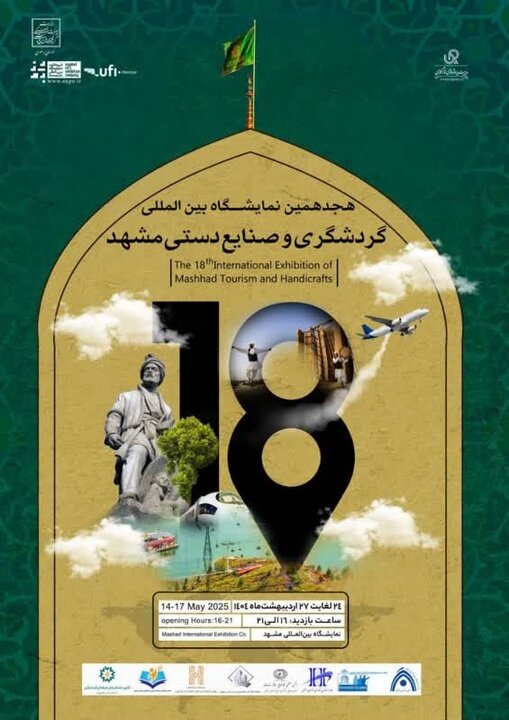
Explore Culture and Craft: Mashhad Welcomes the 18th International Tourism and Handicrafts Fair!
Mashhad is set to host the 18th International Tourism and Handicrafts Fair from May 14 to 17, promoting tourism and handicrafts in line with Iran’s slogan “Investments for Production.” Organized by Seyyed Javad Mousavi, the event will feature countries sharing the Khorasan civilization legacy, including Afghanistan, Tajikistan, and Uzbekistan. It aims to showcase traditional crafts, cultural performances, and facilitate networking among artisans and businesses. With Mashhad’s significance as Iran’s holiest city and its rich cultural heritage, the fair promises to attract tourists and investors, bolstering the local economy and fostering international cooperation in craftsmanship and tourism.
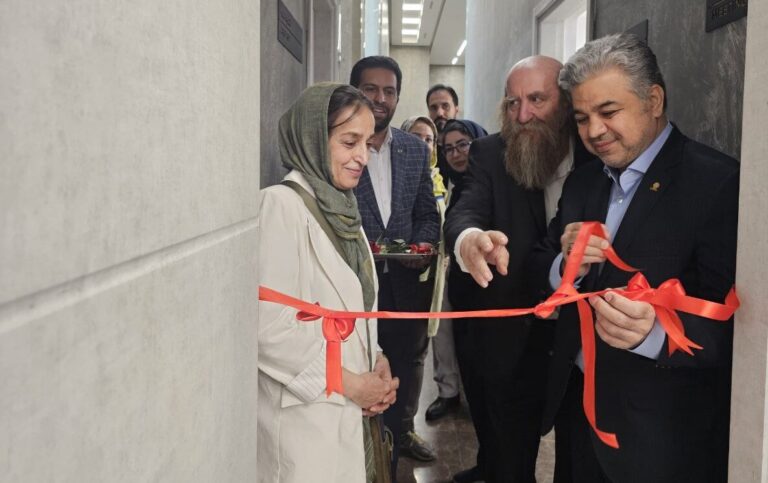
Iran Launches First-Ever College Dedicated to Classic Car Restoration Mastery
Iran has launched its first specialized college for classic car restoration, affiliated with the Dafineh Museum Group and supported by the Mostazafan Foundation. Located at the Automobile Museum of Iran, the college aims to blend education with cultural preservation, nurturing skilled restoration experts. The opening ceremony featured keynotes from cultural figures, emphasizing the importance of engaging younger generations in museums and utilizing modern technology for accessibility. The college will cover traditional craftsmanship and conservation science, positioning itself as a regional hub for classic car restoration and showcasing Iran’s rich automotive heritage and historical significance.
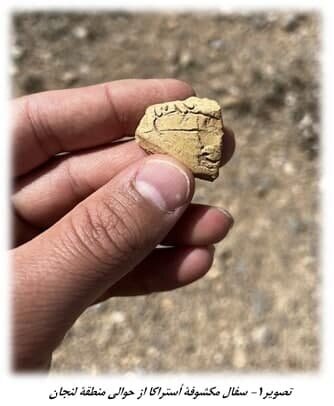
Ancient Sassanid Pottery Fragment Unearthed in Isfahan Province: A Glimpse into Persia’s Artistic Heritage
A notable archaeological discovery has been made in Lenjan, Isfahan province, Iran, where an inscribed pottery fragment, or ostraca, from the Sassanid era was unearthed. This finding sheds light on the area’s historical commercial and industrial activities along the Zayandehroud River. The discovery, deemed significant for historical research, was made by the Lenjan Heritage Preservation Association during a scientific visit. The inscribed pottery, containing information about remittances and goods exchanges, highlights Lenjan’s role as a prosperous settlement. Experts believe this site was a key industrial hub during the late Sassanid era, potentially continuing into the early Islamic period.